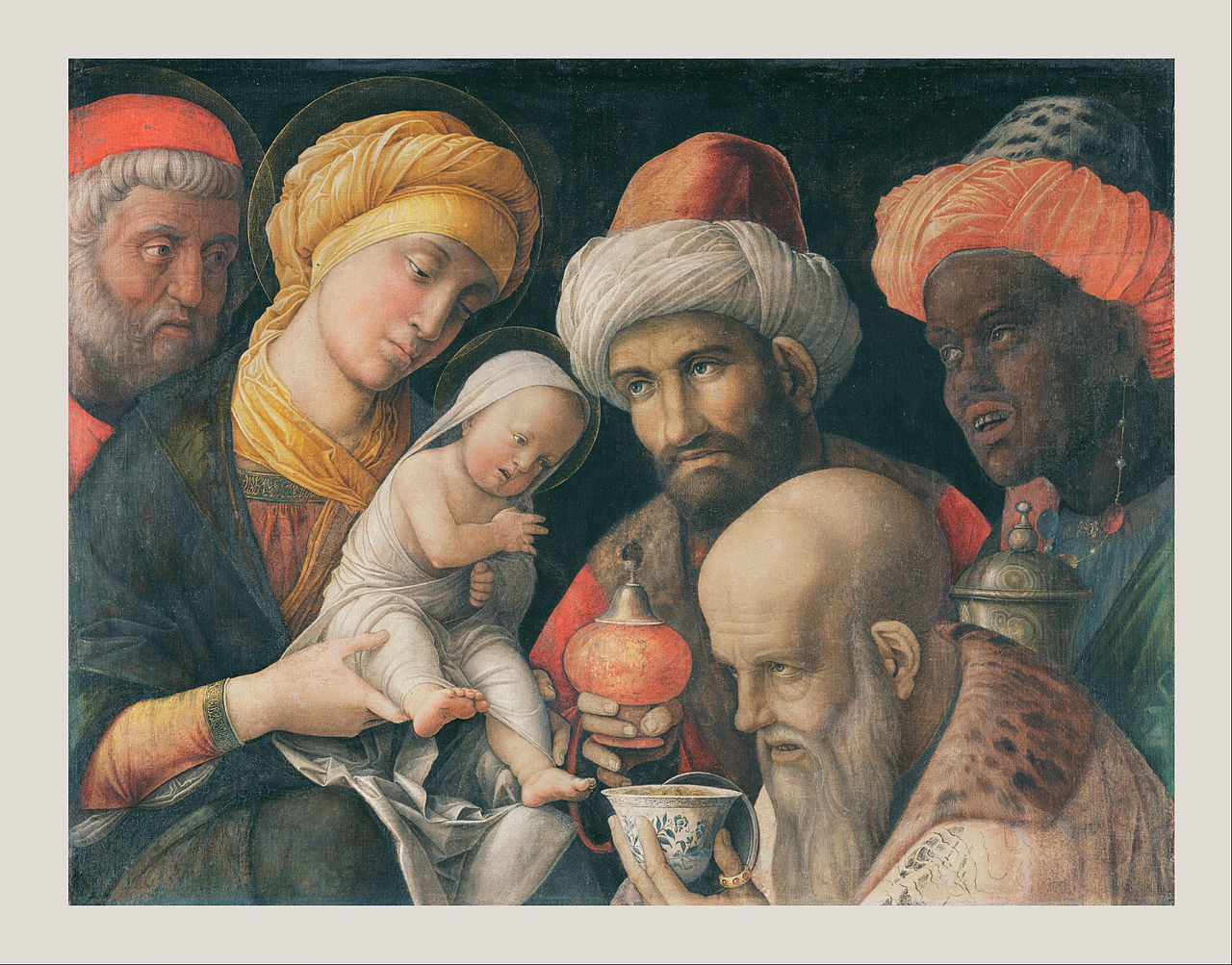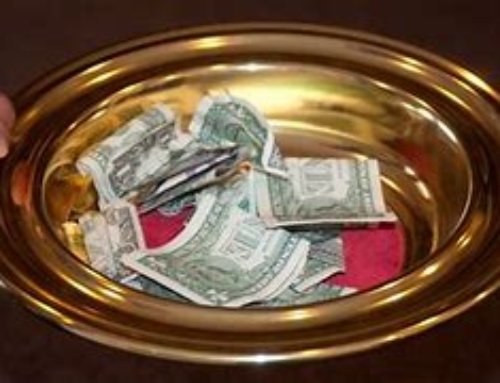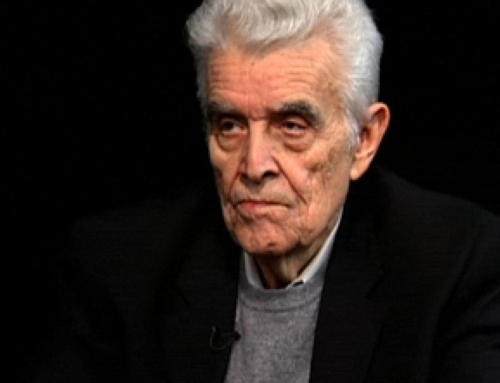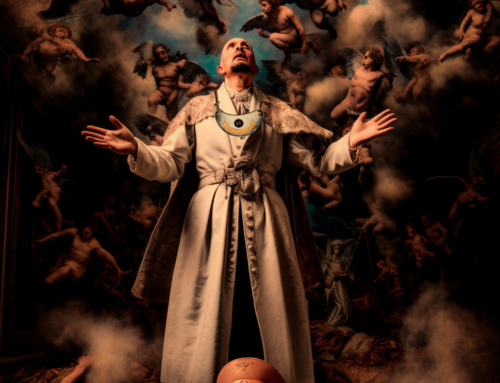Sola Scriptura is the foundation of the Evangelical Bible Christian religion. The Bible Christian says he believes only what is in the Bible and he eschews “man made traditions.” However, when it comes to the Christmas story, the typical Bible Christian actually believes lots of man made traditions, and St Matthew’s story of the Magi visiting Bethlehem–celebrated today at Epiphany–is full of such man made traditions–details of the story that are not found in Matthew’s gospel. In my book The Mystery of the Magi I go into all these matters in great detail, but here is a list of ten of the man made traditions most “Bible only” Christians believe:
- There were three Wise Men – Matthew never numbers them. In the early church there were various traditions–some said there were eight, four, as many as twelve. The idea that there were three wise men probably comes from there being three gifts of gold, frankincense and myrrh.
- The Magi were Kings – Matthew doesn’t say they are kings. This comes from Psalm 72 which is often seen as a prophecy of the Magi visit
- The Magi came from Persia – Matthew says “from the East”. He doesn’t mention Persia. There was a caste of wise shamans in ancient Persia, but by the time of Christ’s birth they had dwindled in influence and had emigrated across the ancient Middle East.
- They rode camels – Matthew never mentions camels. This is inferred from reading Isaiah 60 as a prophecy of the Magi’s visit.
- They followed a magical star – Stars don’t move. Planets do. However Matthew never says they followed a star across the desert. This comes into the tradition from apocryphal gnostic writings from the fifth century
- The went on a long journey across the desert from the Far East – Matthew doesn’t mention a desert and doesn’t say they went on a long journey.
- They came from the three main ethnic groups–Asian, Caucasian and Negro -Matthew doesn’t discuss their nationality or ethnicity. This comes into the tradition from the eighth century
- One was an old man, one a middle aged man, one a young man – The idea that the Magi represent the three ages of man enters the story from eighth or ninth century traditions
- They arrived in Bethlehem the night Jesus was born along with the shepherds – Matthew says Jesus was a “young child” or toddler when they arrived. This was probably as much as two years after the birth
- They wore crowns and rich robes -From the extravagant gifts we can infer that the Magi were wealthy–or that they were representatives of a wealthy king, but Matthew doesn’t discuss their apparel.
So what is the point of this post? Only to show that all Christians accept not only the Bible, but extra Biblical traditions, and that this is fine. It is, however, worth taking the time to do historical studies and to read the Scriptures closely to ascertain what really happened the best we can, and to distinguish traditions from both the Scripture and authoritative church teaching. Fortunately we live in an age in which we know more about the culture, customs and context of the Biblical world than ever before. Since the development of archeology, textual studies, forensics and anthropology we can understand the world of antiquity better than any generation since then, and our learning about Bible times should illuminate our faith.
There is no excuse, therefore, for Biblical scholars and Bible only Christians to remain in ignorance about the Biblical times.
If you would like to read more about the Magi go here and here or get my book The Mystery of the Magi–The Quest to Identify the Three Wise Men.







Leave A Comment
You must be logged in to post a comment.